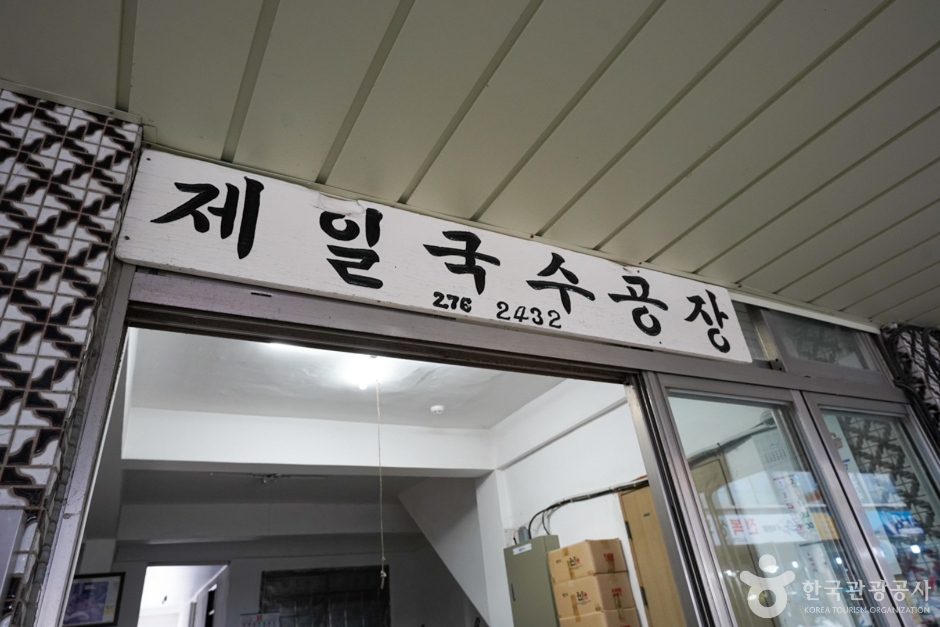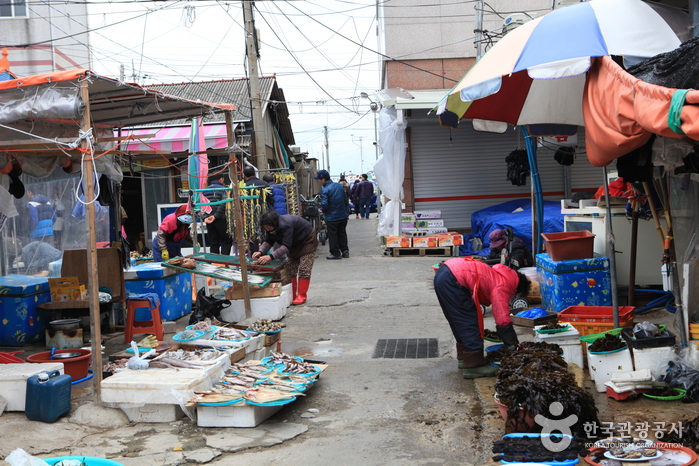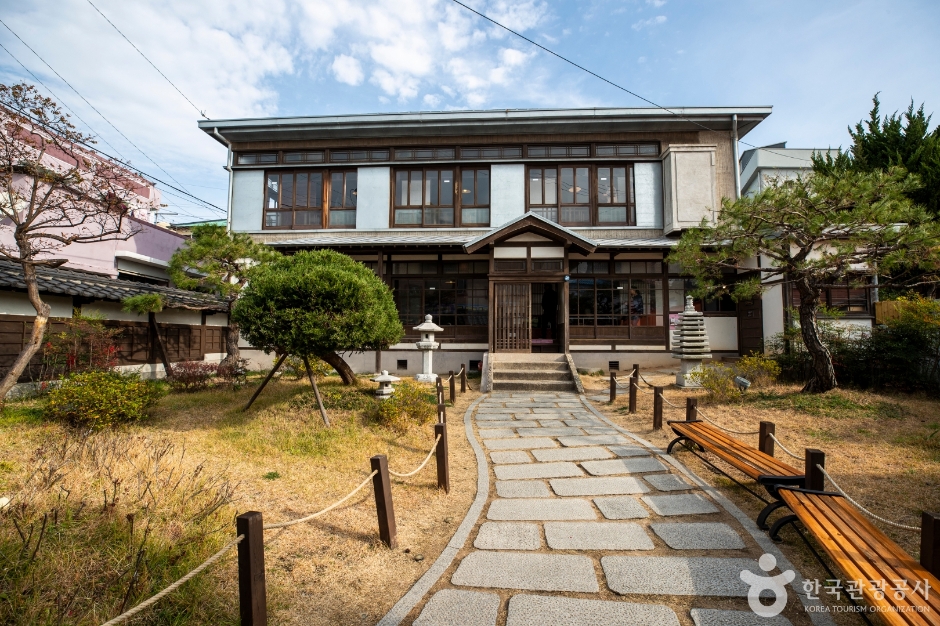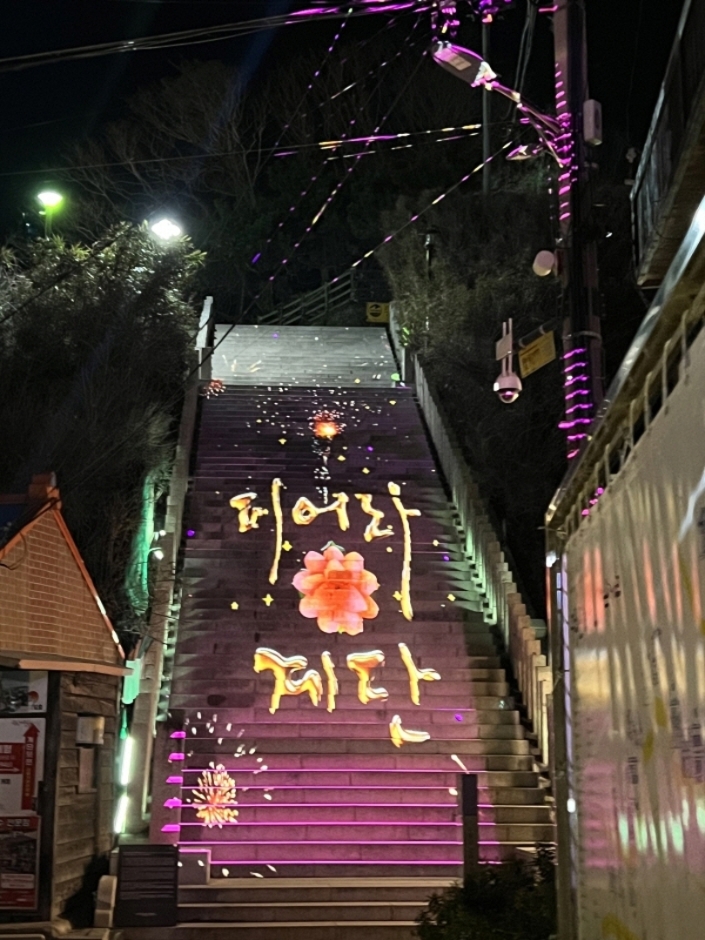Gyeongju Yangdong Village [UNESCO World Heritage] (경주 양동마을 [유네스코 세계문화유산])
11.9 Km 87901 2022-11-08
134 , Yangdongmaeul-gil, Gyeongju-si, Gyeongsangbuk-do
+82-54-762-2630
Gyeongju Yangdong Village is Korea’s largest traditional village, showcasing the traditional culture of the Joseon dynasty and the beautiful natural surroundings. Thanks to its many cultural heritages, including treasures, national treasures, and folklore materials, the entire village has been designated as a cultural heritage site. Many people have visited this village to see its wealth of cultural heritages and scenic surroundings, including King Charles III, who visited this village in 1993.
Seolchangsan Mountain and its four spines of mountains can be seen beyond the village. Approximately 160 old houses and 500-year-old thatched-roof cottages are nestled within the valley. Fifty-four of these homes are over 200 years old and have been excellently preserved in their original state, offering the opportunity to view a variety of unique traditional Korean houses in person.
Hyangdan [Korea Quality] / 향단 [한국관광 품질인증]
11.9 Km 42643 2023-09-05
121-83 , Yangdongmaeul-gil, Gyeongju-si, Gyeongsangbuk-do
+82-10-6689-3575
Hyangdan in Yangdong Village, Gyeongju, Gyeongsangbuk-do, is a grand old house designated as a national treasure, having been built by King Jungjong for the elderly mother of his courtier Yi Eonjeok. Much of the original 99-kan house was destroyed during the Korean War and the rest converted to a guesthouse. Visitors can stay in the anchae, haengnangchae and an annexe - which all appear to be different x_heights because of the upward slope of the site. Various experience programs are offered: woodblock printing, a tea ceremony, natural dyeing, and traditional etiquette.
Jeil Guksu Gongjang (제일국수공장)
14.8 Km 0 2024-02-21
19-2 Homi-ro 221beon-gil, Guryongpo-eup, Nam-gu, Pohang-si, Gyeongsangbuk-do
Jeil Guksu Gongjang is a noodle factory in Guryongpo Market. It is the only place in Korea where noodles are dried by the sea breeze. It produces somyeon (thin noodles), jungmyeon (medium thick noodles), and kalguksumyeon (wide thick noodles), selling them in bundles or boxes. Near Guryongpo Beach, you can try a variety of noodle dishes at Haepungguksu 1st Branch, which is operated directly by the factory. Nearby attractions include the sunrise spot Homigot Cape, Guryongpo Port, and Guryongpo Modern History Museum.
Guryongpo Fifth-Day Market (구룡포장 (3, 8일))
14.9 Km 14337 2021-06-01
72-1, Guryongpo-gil, Nam-gu, Pohang-si, Gyeongsangbuk-do
+82-54-276-2761
Guryongpo Market area expands all the way to Changjucheon Stream area every fifth-day market day, bustling with crowds of merchants and customers. Guryongpo Fifth-Day Market is held on the 3rd, 8th, 13th, 23rd, and 28th of every month. The market first started when a small village was formed around Guryongpo Port. In the 1950s and '60s, when Guryongpo was incorporated into the county of Yeongil, Guryongpo Market flourished because it became the main market of Yeongil.
Nowadays, thanks to the rows of seafood restaurants inside, the market became even more popular among seafood lovers. The market carries a wide variety of fresh vegetables and produce, herbs, grains, and regional specialties. The seafood at the market is delivered fresh from Guryongpo Port. The squid at Guryongpo Port, which is also the specialty of the market, makes up about 70% of the total catch in Gyeongsangbuk-do. The market is also frequently visited by seafood gourmets for its squid.
Guryongpo Port (구룡포항)
15.0 Km 1 2023-01-25
222-1 , Homi-ro, Nam-gu, Pohang-si, Gyeongsangbuk-do
+82-54-270-5977
Guryongpo Port, located on the way from Pohang Homigot to Gampo, is a place that took the shape of a port when a pier and a breakwater were built in 1923 during the Japanese colonial period. Currently, it has facilities of about 600 meters of the northern breakwater, 400 meters of the southern breakwater, and 600 meters of a wharf and has a loading capacity of 334,000 tons.
Guryongpo Modern Culture and History Street is nearby, where you can see traditional Japanese houses. Guryongpo Market is also nearby, so you can enjoy the friendly atmosphere of the local market and delicious food. Many places are selling half-dried saury, a local specialty, and it is known as the nation's largest producer of snow crabs, so you can enjoy good quality half-dried saury and fresh snow crabs.
Chilpo Beach (칠포해수욕장)
15.0 Km 58650 2024-02-13
Heunghae-eup, Buk-gu, Pohang-si, Gyeongsangbuk-do
Chilpo Beach is celebrated for its four kilometers of white sand and crystal-clear waters. The shallow waters near the beach, approximately one meter deep, are ideal for children, while further out, the depth reaches adult shoulder level, making it suitable for swimmers of all ages. Additionally, visitors can enjoy a scenic trek along the wooden deck at the beach's end, offering splendid views of the East Sea. Since 2007, the beach has become even more renowned for hosting the Chilpo Jazz Festival every September. This event presents a unique opportunity to experience live jazz music by the sea, adding a musical charm to the autumn ambiance.
Guryongpo Modern History Museum (구룡포 근대문화역사관)
15.3 Km 15 2024-02-13
153-1 Guryongpo-gil, Guryongpo-eup, Nam-gu, Pohang-si, Gyeongsangbuk-do
The Guryongpo Modern History Museum, situated on Guryongpo Japanese House Street, is housed in a two-story wooden building constructed in the Japanese style. Built by Jenkichi Hashimoto in the 1920s, this historic structure was acquired by Pohang-si in 2010 and subsequently transformed into a history museum following extensive restoration. The museum features two exhibition floors, showcasing traditional Japanese furniture and accessories such as butsudan and kotatsu. Additionally, a traditional kitchen and toilet have been meticulously recreated. Visitors can gain a vivid understanding of the lifestyle during that era and explore the distinctive structural elements of Japanese-style buildings.
Moda Outlet - Gyeongju Branch (No. 3) [Tax Refund Shop] (모다아울렛 경주3점)
15.4 Km 0 2024-04-22
4954-1, Saneop-ro, Cheonbuk-myeon, Gyeongju-si, Gyeongsangbuk-do
-
Guryongpo Pieora Stairway Media Art (구룡포 피어라계단 미디어아트)
15.4 Km 0 2024-01-18
277 Homi-ro, Guryongpo-eup, Nam-gu, Pohang-si, Gyeongsangbuk-do
Guryongpo Pieora Staircase Media Art takes place on the large staircase heading up the hill behind Guryongpo Japanese House Street. The lighting display uses anamorphic techniques to create a beautiful show on the stairs. The performance lasts for approximately 10 minutes and goes through four themes, including the ocean and POSCO.
Guryongpo Japanese House Street (구룡포 일본인 가옥거리)
15.5 Km 24996 2023-11-08
153-1 , Guryongpo-gil, Nam-gu, Pohang-si, Gyeongsangbuk-do
+82-54-276-9605
Guryongpo Japanese House Street is where the Japanese who came to Joseon lived after the 'Joseon-Japan Trade Treaty' was signed between Joseon and Japan in 1883. Pohang-si created a place where only a few houses remain as 'Japanese House Street.' 'Hurusattoya,' used as a restaurant at the time, has been preserved and operated as a teahouse. You can taste various Japanese teas and experience yukata. In addition, there is Simsang Elementary School, where Japanese people studied at the time and a 'model mailbox' made with a 1900s design. The scenery visible from the park steps received a Korea Landscape Award because of the fishing village, which can be seen at a glance, revealing the daily life of the common people.
![Gyeongju Yangdong Village [UNESCO World Heritage] (경주 양동마을 [유네스코 세계문화유산])](http://tong.visitkorea.or.kr/cms/resource/44/2654744_image2_1.jpg)
![Hyangdan [Korea Quality] / 향단 [한국관광 품질인증]](http://tong.visitkorea.or.kr/cms/resource/26/2998926_image2_1.jpg)




![Moda Outlet - Gyeongju Branch (No. 3) [Tax Refund Shop] (모다아울렛 경주3점)](http://tong.visitkorea.or.kr/cms/resource/35/2883735_image2_1.jpg)

 English
English
 한국어
한국어 日本語
日本語 中文(简体)
中文(简体) Deutsch
Deutsch Français
Français Español
Español Русский
Русский